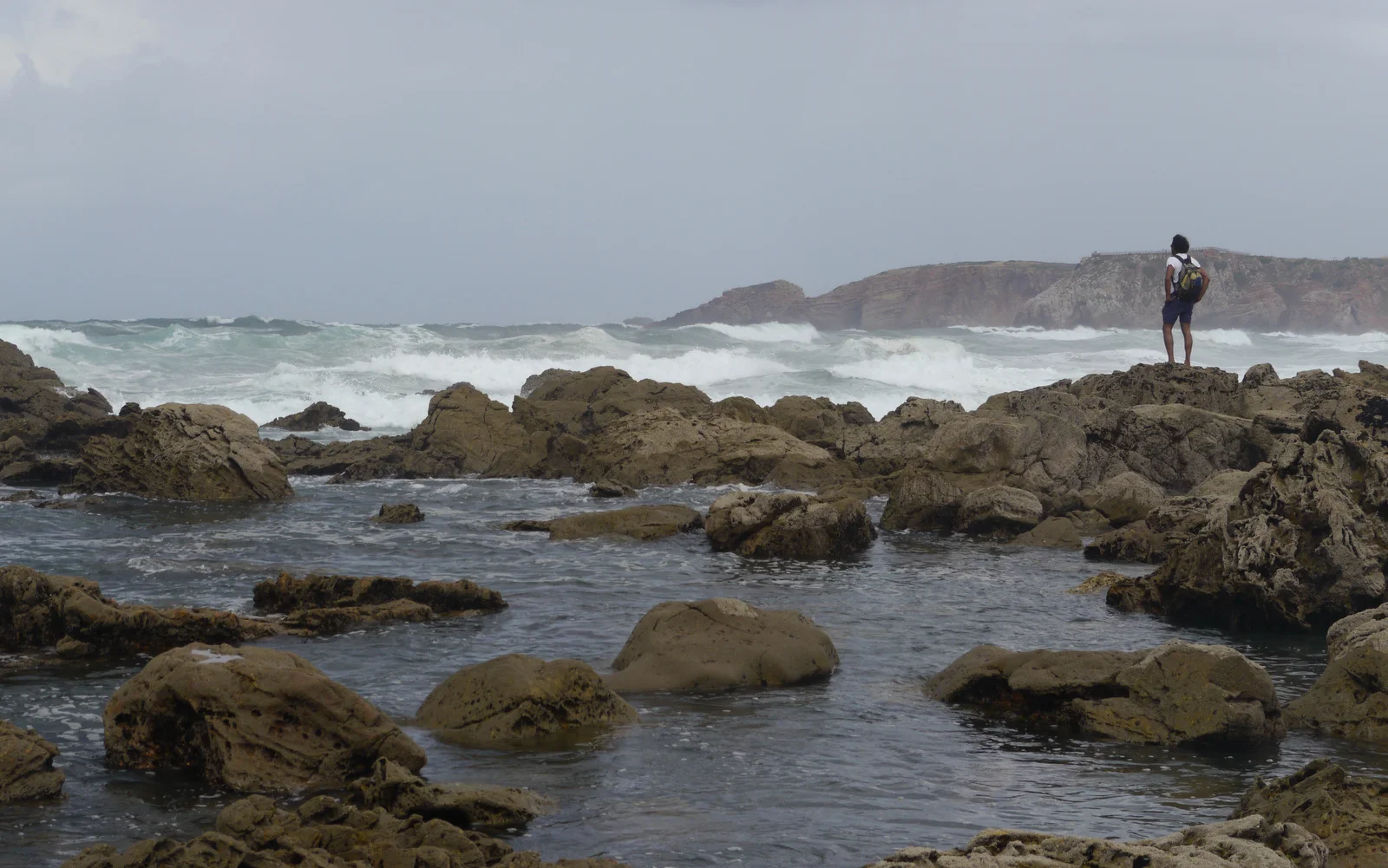The most curious thing though, was that my team mate, Antony, and I were wearing almost identical clothing. Everything down to our boots was the same and brand new. Antony’s feet were fine. “Warm and toasty” he said. I had no idea why my feet got cold.
Three years later I figured it out. It was the simple fact of my boots being too small. It’s amazing how the best laid plans went awry due to just the simplest of errors. We went back attempting the crossing again in 2011. This time, despite the same brand and model of boots, I wore a size bigger. My feet were fine, more than fine, they were as happy as Larry.
‘Ah, yes of course’ we say to ourselves. ‘Can’t have boots that are too small.’ But why? What is the science behind this? The answer is all around us. Air.
Air is the best* abundant source of insulating material. It’s also free, something nature has found out long ago. Our hair, an animal’s fur and bird’s feathers primary purpose is to trap air. By trapping a good layer of air between your warm body and the cold harsh world, the smaller the heat transfer, the warmer you will be.
The polar bear has even gone one step further; each of their hair is actually hollow allowing air to be trapped within each strand as well as between the individual hairs improving the insulating properties. On top of hollow hairs, the sea otter, with no blubber to keep it warm, relies on the densest fur in the animal kingdom allowing air to be trapped within its fur whilst spending prolonged periods in the water. It’s all about trapping air.









